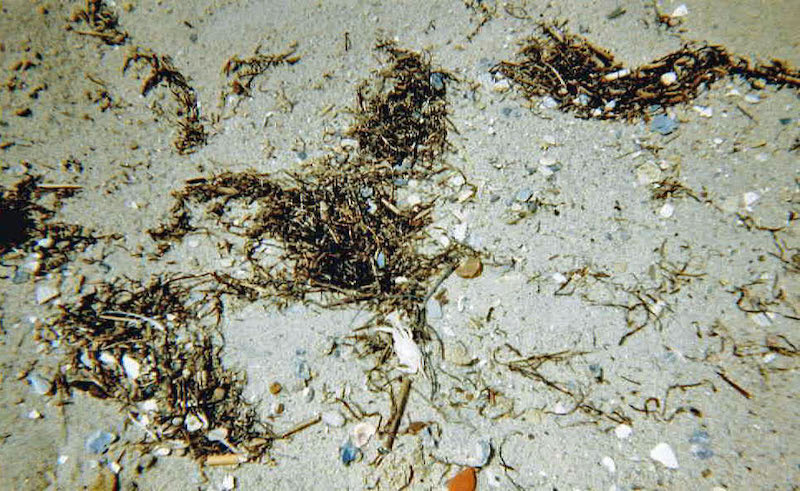It is spring, with blooming trees and flowers (and pollen and weeds), windy days and nights, and temperatures edging up. Spring is a kind of midpoint. The change between winter and summer is most enjoyable, usually only short-term, but still quite pleasant.
After more than a year of COVID with its closures, masking, and complete change in ways of life, it would seem that this spring would be a happy time for people. They can get out more (hopefully obeying the mask and social distancing protocols), plan for reunions long denied, see items that were in short supply becoming more available, etc. That doesn’t seem to be good enough, though. Mass shootings are up, increased examples of demands for privilege, images of violence and hatred constantly on the media, and protests on behalf of members of various races and cultures increasing as instances of bias and hate grow against them. It is beginning to feel like the primary color of spring is now blood red.
Growing up, we never heard the word diversity. Granted, we all knew what segregation was, and we children were taught that it was just the way life was, at least in the part of the world I lived in. My parents taught me to be polite to the Irish and Scottish family up the street, respectful of elders, and kind to the Black citizens of our town. The latter lived in the next street or even next door. That didn’t mean we shared churches, schools, or facilities at the bus or gas station. It took a lot of education before I began seeing the wrongs of the society in which I had belonged.
The last time I went home to Virginia, I noticed many changes, including acceptance of diversity in a much more significant proportion than I had learned growing up. There was more education about the place of Black Americans, Native Americans, and others in the history of our area for about four hundred years. It wasn’t superficial teaching but a real emphasis on a hidden part of our history.
The last time I was back home, I walked down the beach that bordered my river and suddenly saw some familiar things differently. I didn’t just see debris; I saw a diversity that had a beauty of its own. There were whole shells and bits of others, often translucent jingle shells or heavier pieces of clam and oyster shells. A red bit was a piece of fired brick, edges worn down and smoothed off by the power of the waves. A tiny dead crab exposed its underbelly to the sun as it rested among the strands of eelgrass that seemed to frame most of the wrack that had washed up at some time or other.
I’ve thought about that memory quite often over the years. When I think of it, I can almost hear the wind, smell the salt water, and appreciate the many bits and pieces that formed such a vivid image. How dull the beach would be if there were only grains of ground-up quartz and other bits of stone that made the sand. It took diversity to give the whole an unforgettable beauty.
I think I have to remember that beach when I look around me. Like the jingle shells, some people seem to let the light shine through, brightening the world. The clam and oyster shells are like those who feed both humans and sea creatures, with covers that can be used in many ways after the shellfish they had protected have been consumed. The brick piece is like a person who builds and protects, enabling us to live in safety from predators, wind, and weather. The eelgrass provides hiding places for sea creatures like the little crab, feeds sea birds, provides stuffing for mattresses, roofs a cottage or house, serves as food, and helps keep the bottom of the river stable.
I need to look at people and groups in much the same way. No matter how different they may appear, each person is a child of God, created to live in other places and ways, yet with value beyond what we may see. Like the wrack at the beach or colors of paint, the beauty and usefulness are in the diversity, just as God planned it. Some may be more beautiful or talented or even useful, but each has a purpose, even those who seem to have little or none. A tramp and a queen are equal in God’s eyes, as they should be in ours. The famous verse from John, “For God so loved the world…” seems to mean not only the physical appearance and status of the planet but all things in and on it, including people.
Sit with the picture of the beach for a few minutes. See what part of it speaks to you, and then contemplate why that is. Then go out and look for someone or something in your part of the world that reflects that part. Take the object into your soul and let it lie there. Keep looking for other reminders of what is in your soul that may need to refresh itself or perhaps become part of how you see the world. Incorporate the examples you find into your prayers and daily life. It’s another way of recognizing how much God’s love permeates everyone and everything, and you are a part of that love.
Happy beachcombing!

